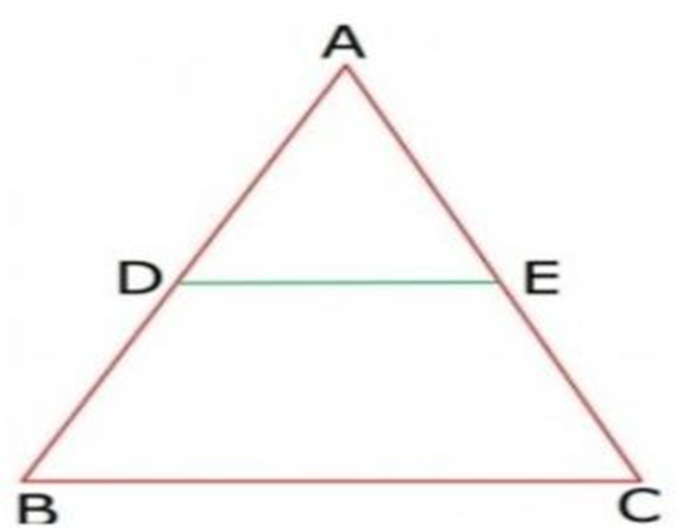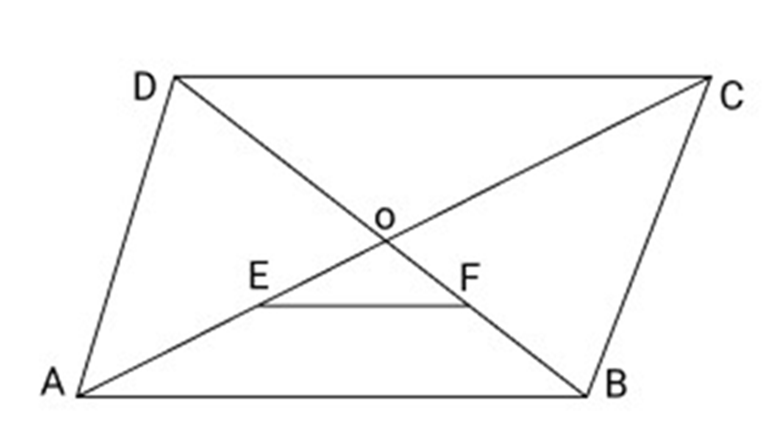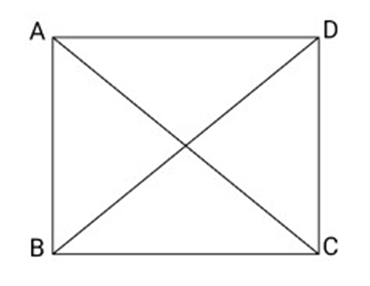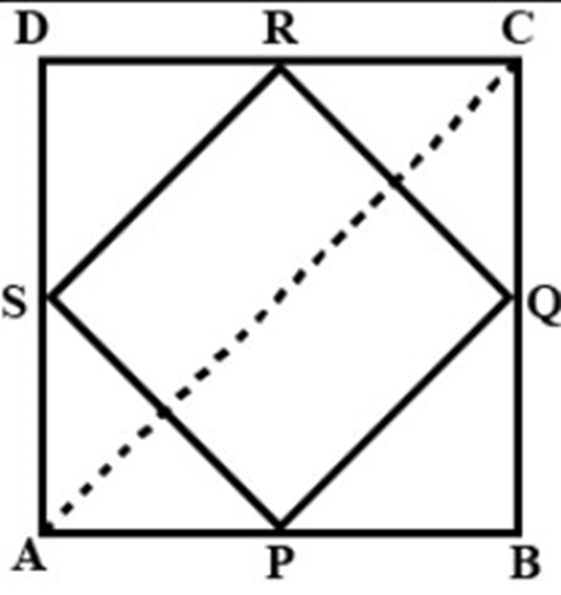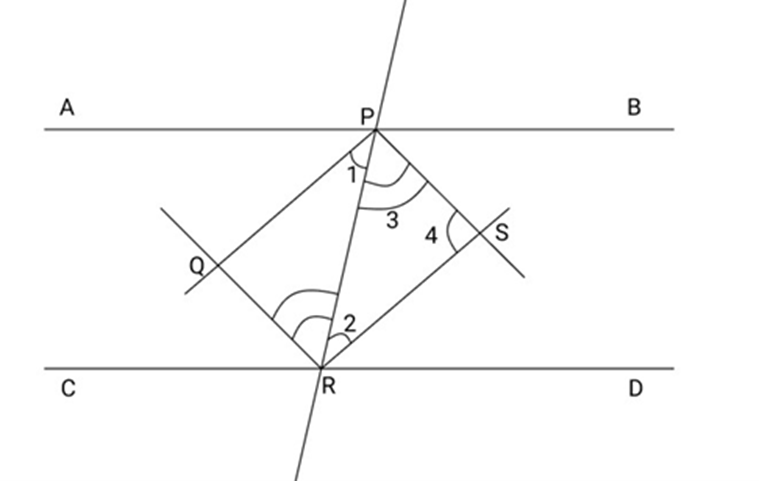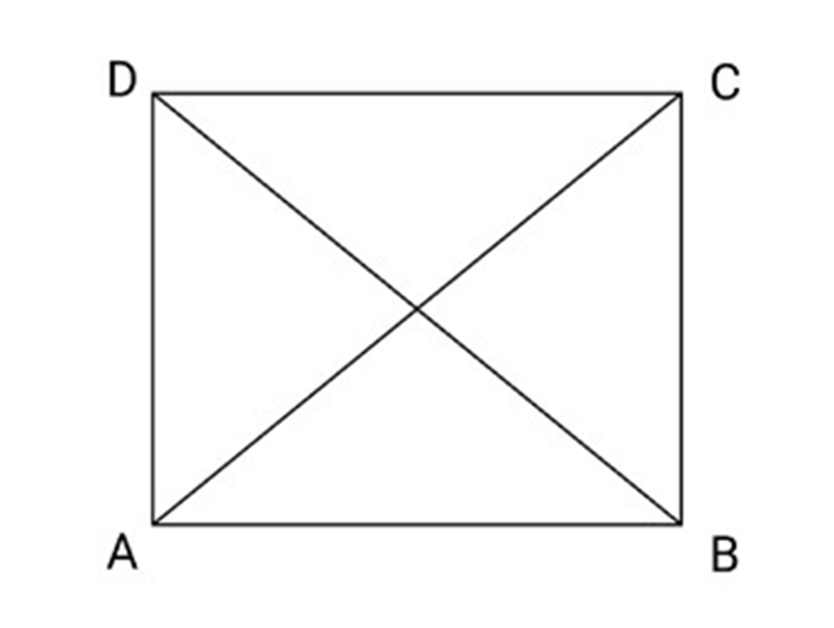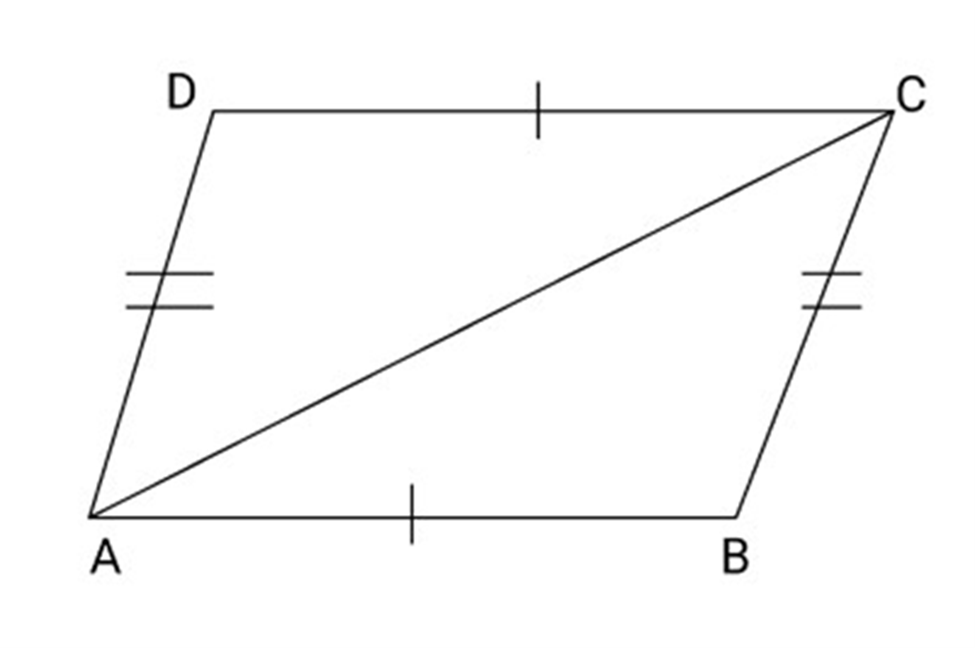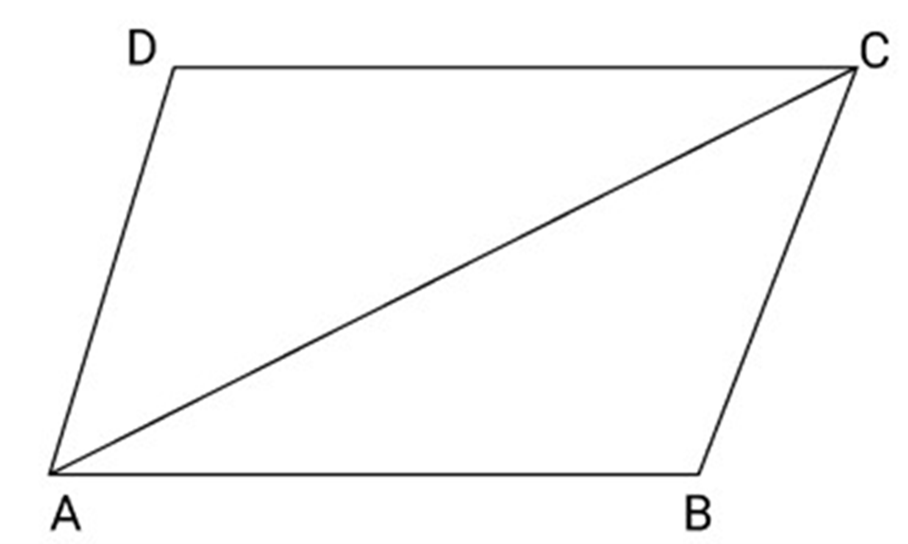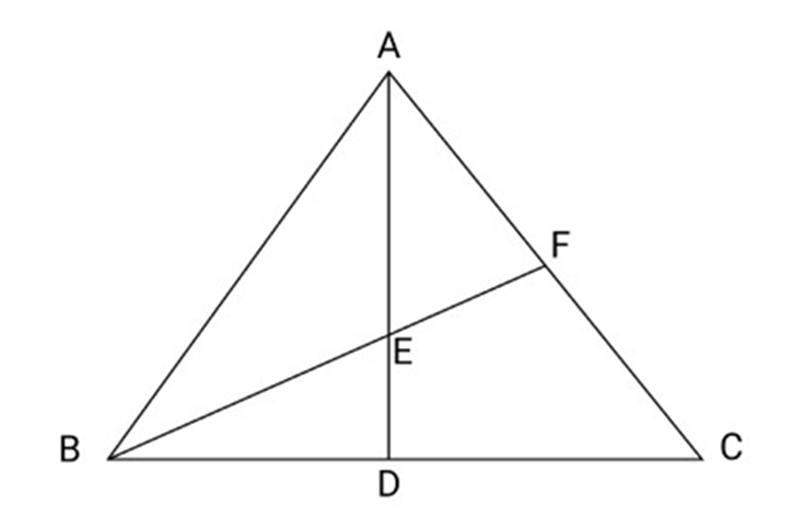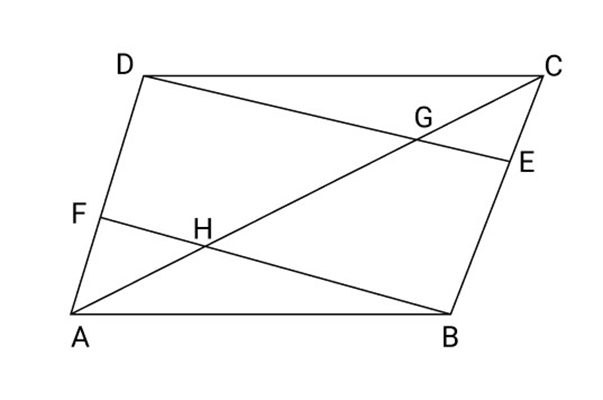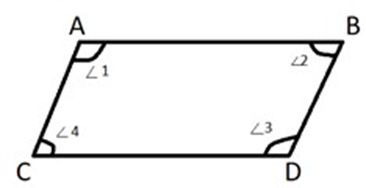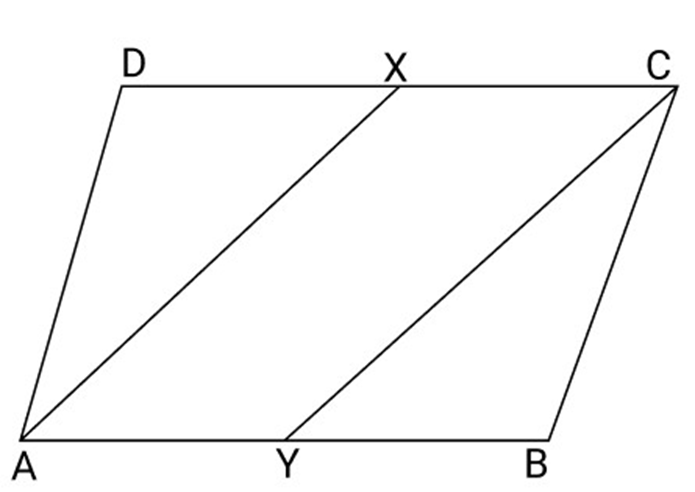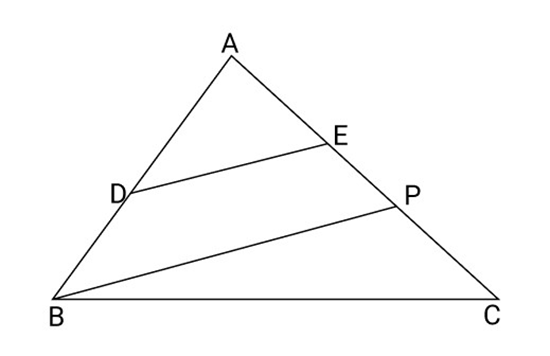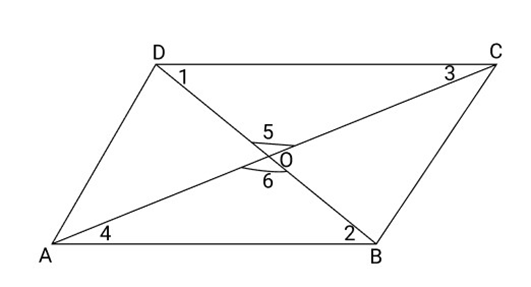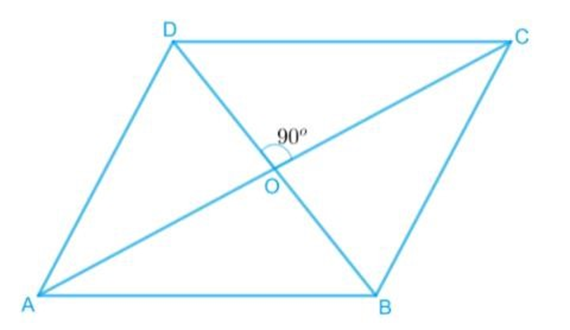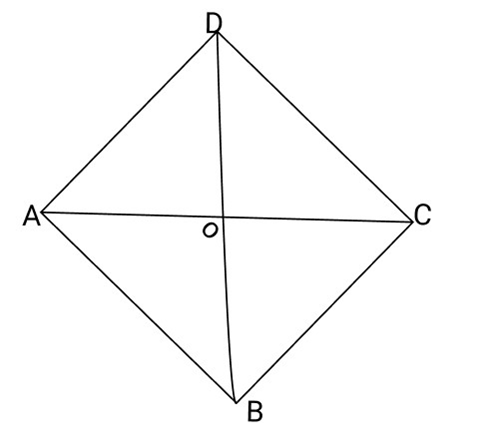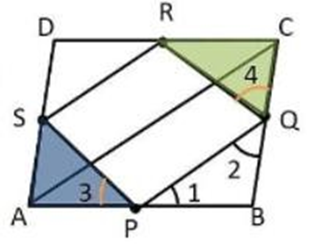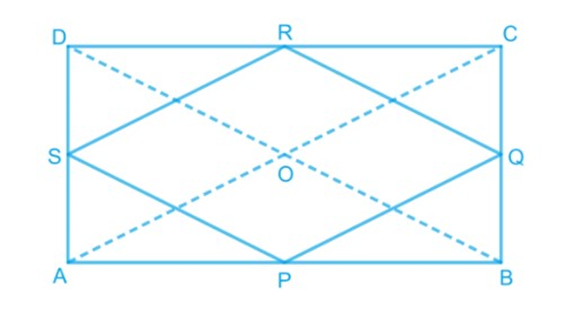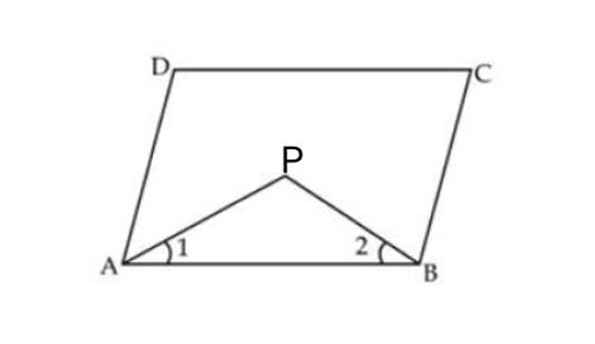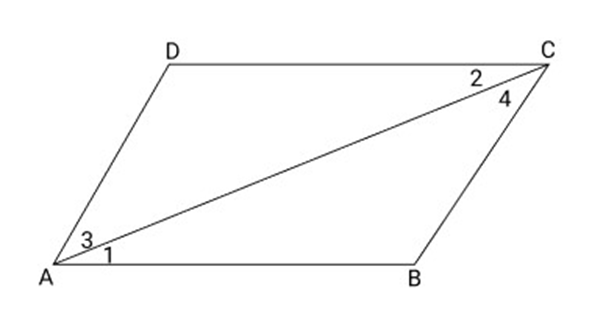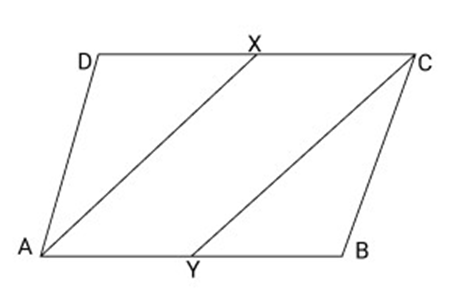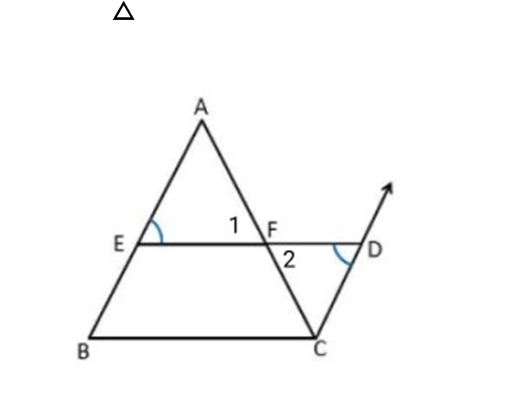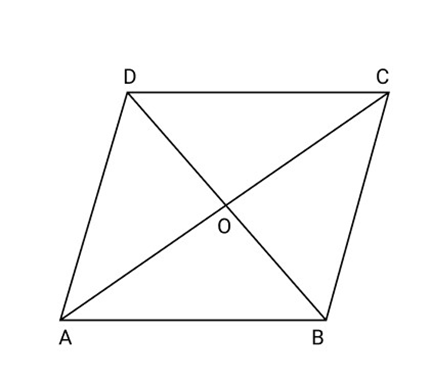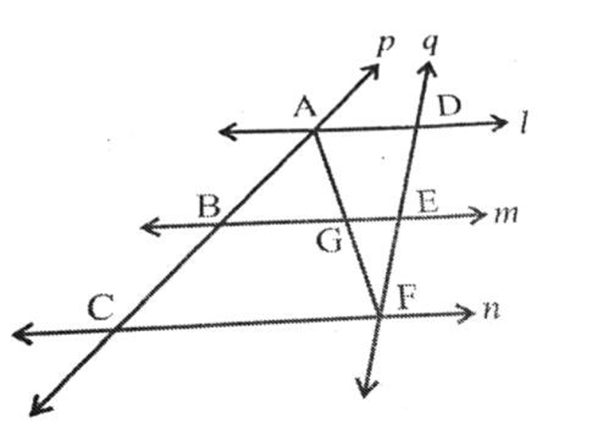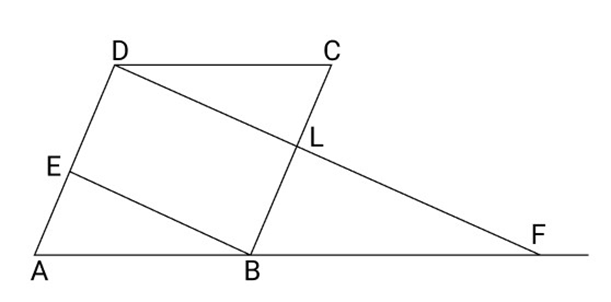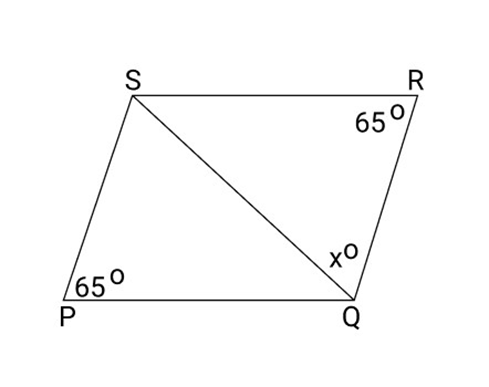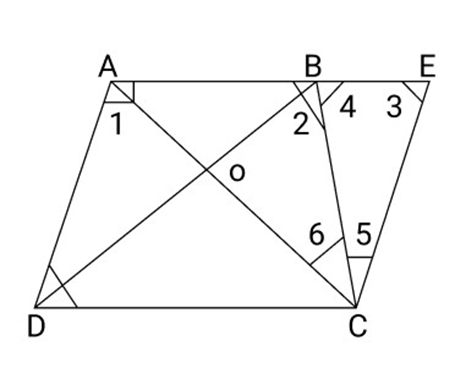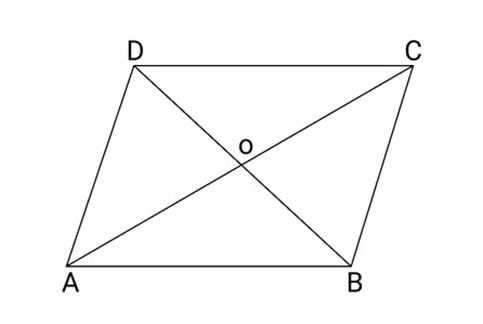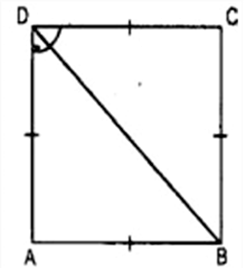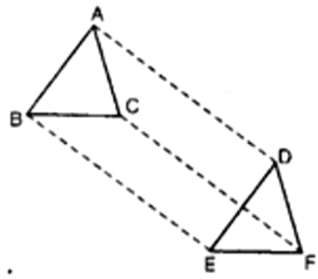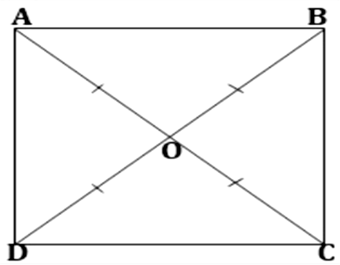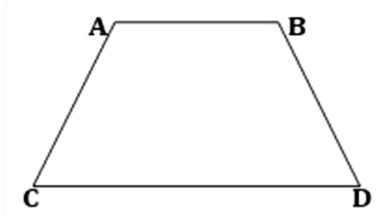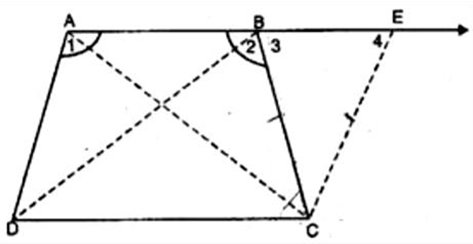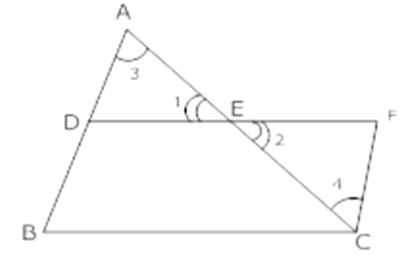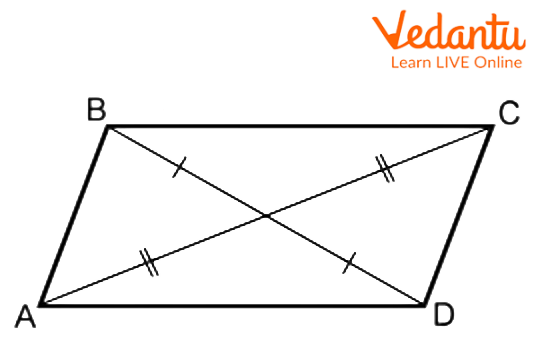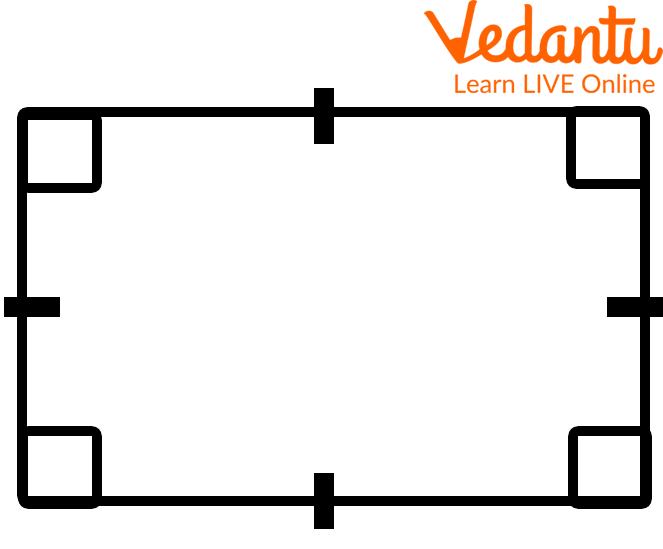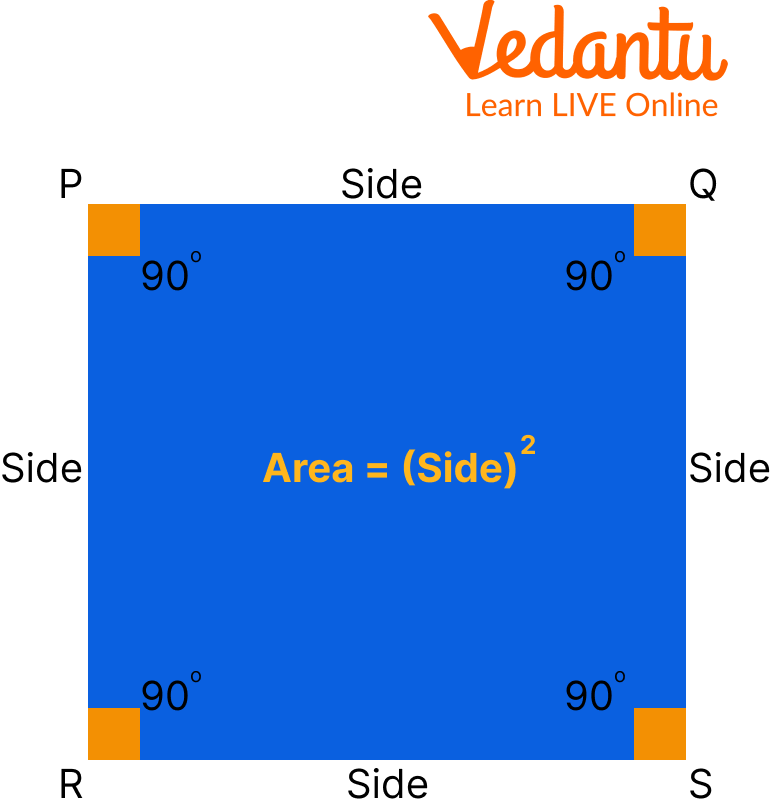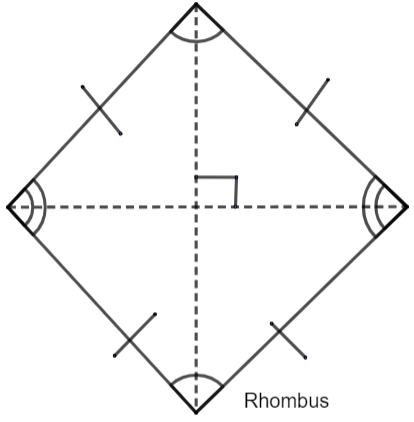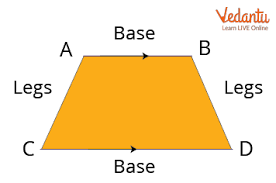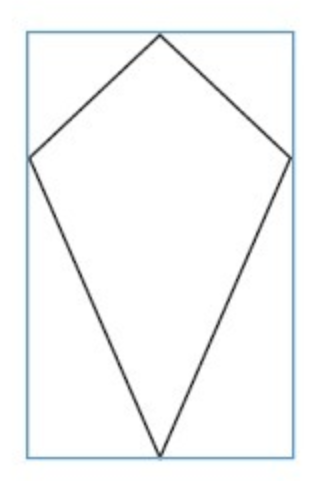Important Questions for CBSE Class 9 Maths Chapter 8 Quadrilaterals: FREE PDF Download
FAQs on CBSE Class 9 Maths Important Questions - Chapter 8 Quadrilaterals
1. How do you solve a Class 9 quadrilateral problem?
To solve quadrilateral problems, students need to be thorough with the different types of quadrilaterals first. Then they need to have an idea of all the properties of each of these quadrilaterals. Then the theorems are enough to give them an understanding. Without strengthening the basics, it is extremely difficult to proceed. The Important Questions created for Class 9 Chapter 8 Maths, is an excellent material to help students solve the various proofs and problems given in the chapter as they offer expert simple answers in an easily approachable manner.
2. What is the easiest way to learn Quadrilaterals Class 9?
To learn the chapter of Quadrilaterals, the easiest way would always be to know its various properties. As such, important Questions provides a material where students can focus on the important topics in Chapter 8 that are related to quadrilaterals. Students can download the PDF of these important questions free of cost from the vedantu website (vedantu.com).
Equal opposite angles
Equal opposite sides
Bisecting diagonals
One pair of opposite sides: equal and parallel
Angles give a sum of 360 degrees
Division of diagonals provide two congruent triangles
6 various types of quadrilaterals
3. How many types of quadrilaterals are there in class 9?
Chapter 8 of Class 9 is all about quadrilaterals where students are introduced to various four-sided polygons and their properties. As such, there are a total of 6 kinds of quadrilaterals that are introduced to Class 9 students. The following points state out the quadrilaterals;
Trapezium: a pair of parallel opposite sides
Parallelogram: two pairs of parallel opposite sides
Rectangle: perpendicular angles
Rhombus: all sides equal
Square: all sides equal with perpendicular angles
Kite: two pairs of adjacent sides
4. What is a quadrilateral in 9th Standard Maths Chapter 8?
When a figure is created by joining four non-collinear elements it is known as a quadrilateral. To understand the concept better, Important Questions help students understand its definition by stating that a quadrilateral is a four-sided polygon, that is, a figure formed by joining collinear points together such that the figure has four sides and four vertices with two diagonals. The angles in the quadrilateral when summed together gives a measure of 360 degrees. Square, rectangle, rhombus, parallelogram, and trapezium are the various four-sided polygons.
5. What are the benefits of using Important Questions for Class 9 Chapter 8 of Maths?
Important questions for Chapter 8 of Class 9 Maths is specifically designed to ensure that students are able to focus on and cover the most important areas from the chapter. The chapter being 'Quadrilaterals', students learn the required types of quadrilaterals and their various properties created by expert teachers in a very simple language. The stepwise explanation of all the topics is an added benefit to the students because they offer tips and techniques to score well for their exams.
6. What is the difference between a parallelogram and a rhombus in Chapter 8 Quadrilaterals?
Both parallelograms and rhombuses are quadrilaterals with opposite sides that are parallel. The key difference is that in a rhombus, all four sides are equal in length, whereas in a parallelogram, opposite sides are equal but not necessarily all four. Additionally, the diagonals of a rhombus intersect at right angles, which is not true for all parallelograms.
7. What are the properties of a trapezium as mentioned in Class 9 Maths Chapter 8?
A trapezium is a quadrilateral with exactly one pair of parallel sides. Some key properties include:
Non-parallel sides are called legs.
The sum of all interior angles is
If the non-parallel sides are equal, the trapezium is called an isosceles trapezium, and its diagonals are also equal.
8. Why is the Angle Sum Property important in solving problems on quadrilaterals?
The Angle Sum Property states that the sum of the interior angles of a quadrilateral is always
9. Can a square be classified as a rectangle or a rhombus in Chapter 8 Quadrilaterals?
Yes, a square can be classified as both a rectangle and a rhombus. A square is a rectangle because all angles are
10. How can Important Questions help in mastering Chapter 8 Quadrilaterals?
Important Questions for Chapter 8 Quadrilaterals focus on key concepts, properties, and problem-solving techniques. They provide step-by-step solutions, making it easier for students to understand and apply theorems. These questions also cover various problem types, helping students practice effectively and improve exam performance.
11. What is the role of diagonals in identifying quadrilateral properties?
Diagonals play a significant role in determining the properties of a quadrilateral:
In a parallelogram, the diagonals bisect each other.
In a rhombus, diagonals are perpendicular and bisect opposite angles.
In a rectangle, diagonals are equal in length.
In a square, diagonals are equal, bisect each other, and are perpendicular.
12. What are some real-life applications of quadrilaterals?
Quadrilaterals are commonly found in real life, such as in the design of buildings, bridges, and tiles. Parallelograms are used in structures requiring stability, while trapeziums appear in the design of windows, tables, and architectural elements. Understanding quadrilaterals helps in fields like engineering, architecture, and art.
13. What is the significance of the Midpoint Theorem in quadrilaterals?
The Midpoint Theorem states that the line segment joining the midpoints of two sides of a triangle is parallel to the third side and is half its length. This theorem is useful in solving problems involving quadrilaterals, as it helps in proving parallelism and calculating lengths of sides.
14. What makes the square a unique quadrilateral?
A square is unique because it possesses all the properties of a parallelogram, rectangle, and rhombus. It has equal sides, right angles, equal diagonals, and diagonals that bisect each other at right angles, making it a versatile and symmetric shape.
15. Where can I find more resources for Chapter 8 Quadrilaterals?
You can find additional resources, including important questions and solutions, on Vedantu. These resources are prepared by experts and are available for free in PDF format, making them convenient for revision and practice.























